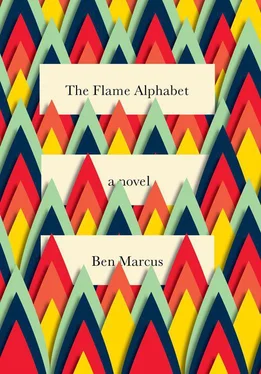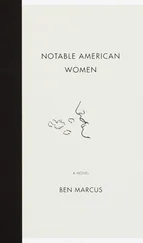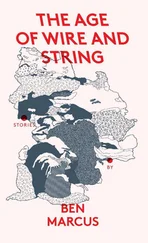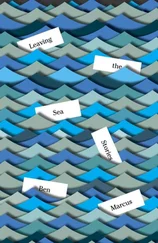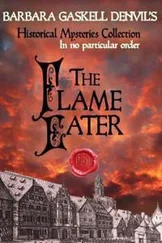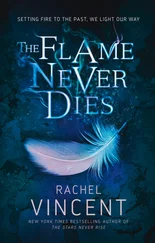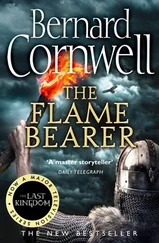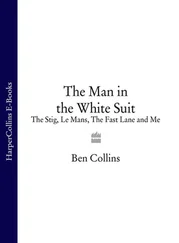The listener could not even pull a fairy tale from the cable for me, which it sometimes did, after Burke’s sermon had been discharged, sometimes instead of Burke’s sermon, instead of Thompson’s typical aftermath.
Claire and I always got excited that we might hear a story instead of a sermon. The line would crackle, seem to die, and then, with no preamble, a broadcast surged on that played the old stories, one after another. Scratchy-voiced recitations of Aesop’s, or the story of the dry well, which we very much loved, no matter how many times it played. Even “Rothschild’s Shoes” was not terrible. We did not find it a terrible story at all. We never complained if we got to hear it from the radio in our hut.
And these stories, unaffiliated as we guessed they were, unrelated to our religious practice, these we could talk about together. These we could share out loud, which made us like them even more.
Our favorite line was, Then what does he do when it rains? , asked about Rothschild of the golden shoes. We used to ask this of each other on the way home from the hut, and we asked it solemnly, sometimes holding each other’s faces, trying not to laugh. We came to say it of nearly anyone we saw who seemed too good to be true, happy and attractive and successful. Yes, Claire would say later, when we were home in bed and debriefing on this person, trying not to show how threatened we were, But what does he do when it rains?
Now in the hut when I looked at this sad apparatus, the crumbled rubber, the flannel insulation from some other time, the felted “skin” lining the orange cable that I could not touch without gagging, I felt queasy about how it all worked, how these parts, useless and absurd on their own, were meant to accomplish anything, least of all connect me to rabbinical guidance pumped in from an elsewhere I couldn’t name.
Burke was gone today, Thompson was off. Nothing flowed from the radio. I was alone out there, and any channel of insight would have to be one I manufactured myself. This I did not know how to do.
Cold as it was, I stripped off my clothes, then wrapped my body over the listener, hugging it so tightly that a broadcast finally surged into the hut. If I held still and squeezed the listener for dear life, I could now hear Rabbi Thompson, even though he sounded old and tired, as if he were transmitting from late in his life. In his sermon were medical instructions, more of the technical work we might pursue, and I took in as much as I could before my body failed and I fell from the listener, freezing.
Without Claire the hut felt small and false, the childish architecture of some hack inventor, someone who didn’t believe enough that this location would actually be inhabited by real people one day.
Claire and I were proud—I’m speaking for her because she couldn’t hide how she felt—that we had something private like this that was our own, and that it gave us something to listen to, to think about, to rail against, to love. But there were times when I wondered why it had to be so difficult, so dependent on questionable equipment.
Sitting there as the day grew dark, the listener perspired on me, and one part of it, a fin canting from its rear that seemed encased by a soft wood, was so hot that I felt sick when I touched it.
It was time to go. Given the extra distance I had to travel to get home, I was in a hurry. I rushed to the woods and took the northern trail down into the valley again and up the other side to where the car was, jogging the whole way so I would not have to walk those woods in the dark.
In my haste I believe I left the listener there on the floor of the hut, or perhaps I dropped it on the porch, the shining limb.
I cannot understate the error of such an action.
I failed to bury the listener when I was done.
With Claire this never would have happened. She was fastidious, held us to protocol each time, and together we checked and balanced our tasks, dispersing whatever ritual worry we might have until the worry turned small.
No, I left the listener there, exposed for anyone to find, to try to use, because I’d broken code and gone alone to the hut. Because I thought I could do something like this by myself.
In late November documents crowded my mailbox. Printouts sealed in manila lacking address or postage. This was my first view of The Proofs , a medical broadside of LeBov’s that Murphy called required reading. It resembled a university newspaper, except blown strange, its histories slurred, its facts effaced.
The text was pale blue, like a writing erupted under skin. The illustrations—illness maps, perimeter lines for the epidemic, and module schematics—were drawn by a palsied hand. In these drawings germs were people or beasts, and viruses looked like the world seen from miles away. Speech from the faces of children was rendered in ugly rushes of color, with each color coded on a wheel to some kind of distress.
On the back page Murphy had written: I’ve entrusted you with something, now it’s your turn .
He’d found my house, then. Which meant he had followed me. I pictured him striding in the shadows down Wilderleigh on a cold wellness walk, his children barking at home while his wife moaned in the corner. If there was a wife. He was waiting for his moment, watching my house from down the street.
I concealed The Proofs and looked at the issues alone in bed. But with each delivery I put everything back in my mailbox as I’d found it, creeping out in the dark of morning so Murphy could not know for certain I had received what he sent.
Inside The Proofs I found historical precedent for the language toxicity. A kind of medical foreshadowing from earliest history. Signs from the past that this would happen, or that it had happened before and been snuffed out, forgotten. Hippocrates, Avicenna, a long list of experts who knew without really knowing that our strongest pollution was verbal.
The master dissector Gabriele Falloppio, forerunner of the modern autopsy, found what he termed curious erosions in the brain from multilingual patients. Or more notably Boerhaave, who registered speech aversions in the infirm and began to use small doses of speech as homeopathic treatments. Boerhaave saw only one way this could go, hoped to trigger immunity through controlled exposure. Hoped to, but didn’t.
Throughout The Proofs were phrases lifted from as far back as the medical spookeries of Laennec and Auenbrugger, sometimes misattributed, sometimes attributed to medical scientists I’d never heard of, because, I suspected, they had not actually lived.
Theories of exposure, but more than that. A grammar detected in breath, in wheezing. A new rationale for listlessness. Epidemics like cholera reimagined as speech-driven, miasmatic cyclones, an airborne disturbance, to be sure, but one that fed on the denser pockets of speech, grew stronger in such places, dying out in regions of controlled silence.
The finer print offered no attribution. No masthead, no bylines. Just the name LeBov raised in a sickly script. You almost needed night vision to see his name. With a computer one might have mocked this up alone and run off copies at the supermarket.
A list of speech rules filled the inside cover. A caution to ration one’s I statements, suppress reference to oneself, closing off a small arsenal of the language. The various speech quotas scientists were proposing now, even if they didn’t believe it would matter. Grammatical amputations. A list of rules so knotted that to follow them would be to say nearly nothing, to never render one’s interior life, to eschew abstraction and discharge a grammar that merely positioned nouns in descending orders of desire.
Читать дальше
